Arts
The Faculty of Arts has been at the heart of the University of Auckland for over 125 years. Auckland University College was established in 1883. We are proud to be home to archaeology, anthropology, and English language and literature, all placed in the top 50 in the world (2021 QS World University Rankings by Subject).
Duration: 3 years
Intake: Semester one and Semester two
Duration: 3 years
Intake: Semester one
Duration: 3 years
Intake: Semester one
Majors available in this programme:
|
|
CERTIFICATE IN FOUNDATION STUDIES SUBJECT SELECTION
– English for Academic Purpose(EAP) is compulsory for all students.

